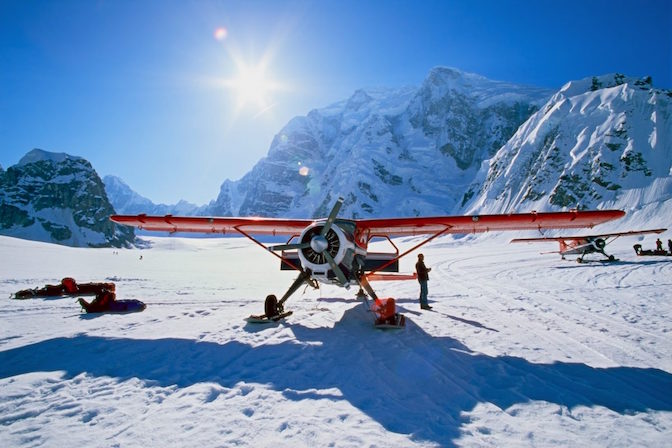
Winter weather isn’t easy on pilots. Between the freezing temperatures, icy runways, and sharp winds, it’s no wonder many of us who love to fly prefer to stay grounded during the cold weather months. If you’re tucking your airplane away for a long winter’s rest, you might be wondering how to keep your flying skills sharp while you wait for better weather.
Thankfully, staying grounded for the winter doesn’t mean you can’t participate in flying-related activities. In fact, winter is a prime time to practice your existing skills and learn new ones from the safety of the ground.
Here are some great ways to keep your flying skills sharp this winter:
#1: Study for a new certificate or rating
Maybe you’ve always wanted to try mountain flying or get your seaplane rating. If winter weather prevents you from flying for a few weeks, use the time to study on your own for an additional certificate or rating. This way, you’ll have a headstart on the content when you’re ready to officially start a course or program.
#2: Take online courses
Several online and mobile courses exist to help pilots maintain currency and proficiency in the basics of flight. Student pilots and pilots holding a U.S. pilot certificate can take free courses for WINGS credit on FAASafety.gov, and AOPA members can access a variety of online courses through the Air Safety Institute.
#3: “Fly” an aviation training device
There are many high-tech simulator systems that provide realistic, scenario-based training for any experience level. Whether it’s a full-motion sim at a flight school or a desktop simulator at home, it’s easier than ever to brush up on existing skills and learn new techniques. Logging time on a sim will also allow you to practice abnormal or emergency procedures that can’t be managed safely in a real airplane.
#4: Practice chair flying
If you don’t have access to a simulator, there’s nothing wrong with good old fashioned chair flying. Find a quiet spot and set up a cockpit poster or pull up an image on your tablet or computer. Then, go over every step of your flight from beginning to end, as if you were actually flying. Run through your checklists and safety procedures, and practice making radio calls. You’ll build muscle memory and avoid feeling rusty when you’re finally back behind the controls.
#5: Catch up on your reading list
The freezing weather offers opportunities to stay indoors and indulge in flying-related reading material for education or entertainment. Flip through the Instrument Procedures Handbook or pick up a non-fiction page-turner like David McCullough’s The Wright Brothers or Fly Girls by Keith O’Brien to spark your flying inspiration.
How do you keep your flying skills sharp on days you can’t fly? Let us know on Facebook and Twitter.